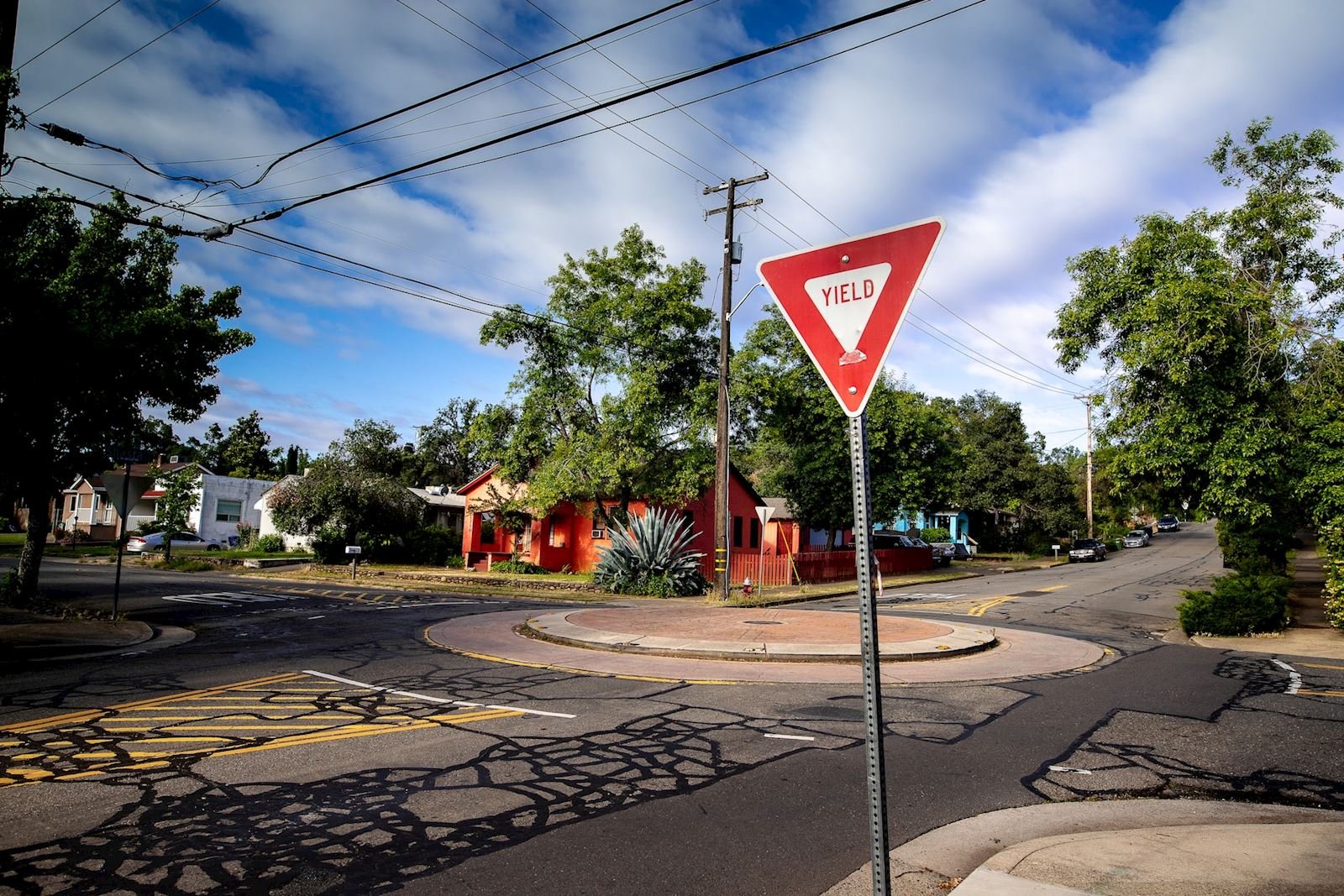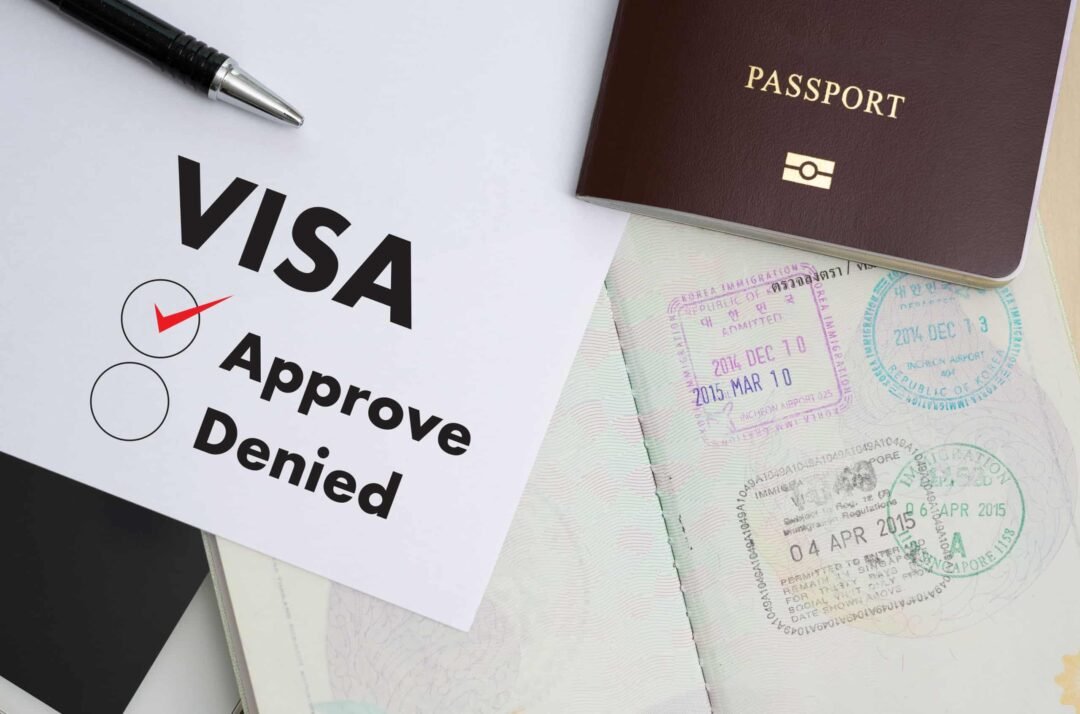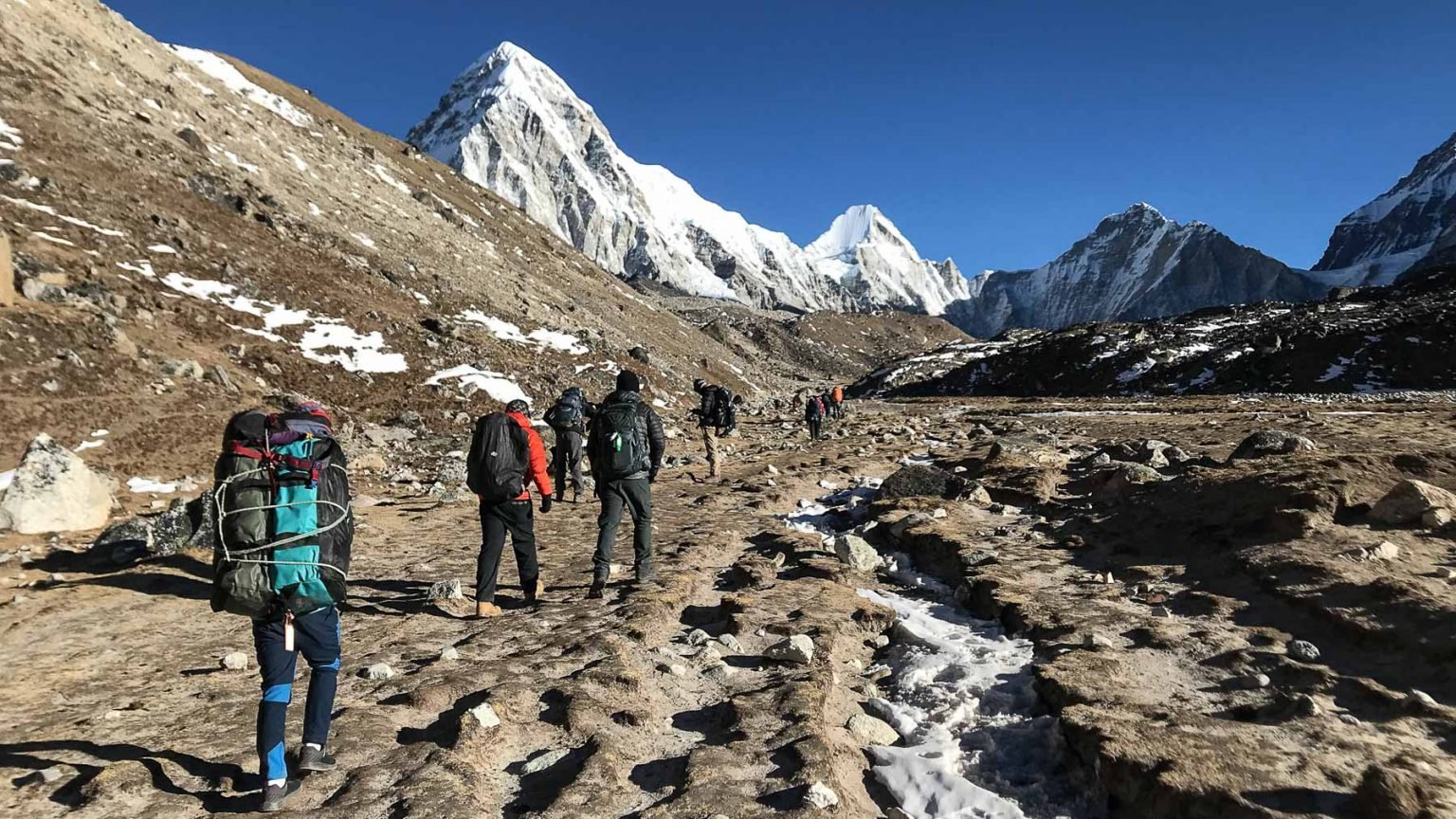Yield and stop signs are essential for managing traffic and ensuring safety, but many drivers confuse their differences. This post explains what each sign means, when to follow their instructions, and why understanding them is crucial for preventing accidents and navigating intersections safely.
What a Yield Sign Means
The yield sign is an inverted triangle with a red border and a white interior, displaying the word “YIELD” in bold, red letters. Its main message is that you, as the driver, need to give the right of way to other vehicles, cyclists, or pedestrians without necessarily coming to a complete stop. The key factor is to assess traffic conditions as you approach the yield sign and proceed only when it’s safe to do so.
When You Encounter a Yield Sign
Here are some common scenarios where you’ll encounter a yield sign and how you should respond:
- Merging onto highways
At highway entrances, a yield sign tells you to slow down and match the speed of traffic already on the highway. Merge only when there’s an adequate gap.
- Roundabouts
Yield signs are often placed at roundabout entry points. Here, drivers entering the roundabout must yield to those already inside it.
Key Tip for Yield Signs
Unlike with stop signs, you don’t always have to stop at a yield sign. The primary rule of thumb is to slow down, look both ways, and proceed cautiously unless another vehicle or pedestrian has the right of way.
What a Stop Sign Means
Stop signs are octagonal with a white border and letters against a red background. Unlike a yield sign, a stop sign demands that you come to a complete stop at the marked line or just before proceeding into the intersection. The purpose here is to ensure all traffic is orderly and everyone is forced to slow down and assess their surroundings, especially in high-risk intersections.
When You Encounter a Stop Sign
Stop signs are placed where extra care is necessary, such as:
- 4-way or 3-way intersections
Vehicles at these intersections must come to a full stop and take turns based on the order of arrival or agreements made through driver signals.
- High pedestrian activity areas
Neighborhoods, school areas, and crosswalks often use stop signs to prioritize the safety of pedestrians.
- Blind spots
Stop signs are sometimes used at intersections with obstructed views to make drivers stop and look carefully before proceeding.
Important Rule for Stop Signs
Even if the intersection looks clear, you are legally required to come to a full stop at a stop sign. Failing to do so could result in fines, penalties, or accidents.
The Crucial Difference Between Yield and Stop
The fundamental difference between the two signs boils down to this:
- Yield Signs require drivers to slow down, assess the situation, and proceed without stopping unless necessary.
- Stop Signs require drivers to come to a full stop, regardless of the situation, before moving forward.
Understanding this difference can mean the world in terms of road safety. Your ability to respond appropriately to these signs affects the flow of traffic, the safety of pedestrians, and your compliance with traffic laws.
Why This Distinction Matters for Road Safety
According to the Federal Highway Administration (FHWA), unclear or incorrect responses to traffic signs contribute significantly to roadway accidents. Stop and yield signs are foundational tools for regulating traffic and preventing collisions. Misjudging a yield sign as a stop sign, or vice versa, could result in sudden stops, rear-end collisions, or accidents involving pedestrians.
Here are a few real-life scenarios where the difference is critical:
- At highway entrance ramps, stopping when you only need to yield can disrupt traffic flow and increase the likelihood of rear-end collisions.
- Conversely, failing to fully stop at a 4-way intersection governed by stop signs can result in head-on accidents or dangerous confusion with other drivers.
By following the rules for these signs closely, drivers help ensure the smooth flow of traffic and the safety of everyone on the road.
Tips to Improve Your Understanding of Road Signs
Here are some ways to better familiarize yourself with these essential traffic signs:
- Practice observation – Actively look for yield and stop signs during your daily commute and note how traffic responds to them in real time.
- Refresh your knowledge – Review your state’s driver handbook periodically. It’s a simple yet effective way to brush up on common signs, including yield and stop, and the rules surrounding them. Taking a defensive driving course, like those in Utah, can further enhance your knowledge and help you stay safe on the road.
- Use driving apps – Some driving apps and GPS systems highlight upcoming traffic signs and can reinforce good habits with alerts.
Conclusion
Yield and stop signs are more than just traffic markers; they are essential tools in ensuring that roads remain organized, predictable, and, above all, safe. By fully understanding the differences between them, you can make smarter decisions behind the wheel, avoiding potential conflicts and fostering smoother traffic flow.






